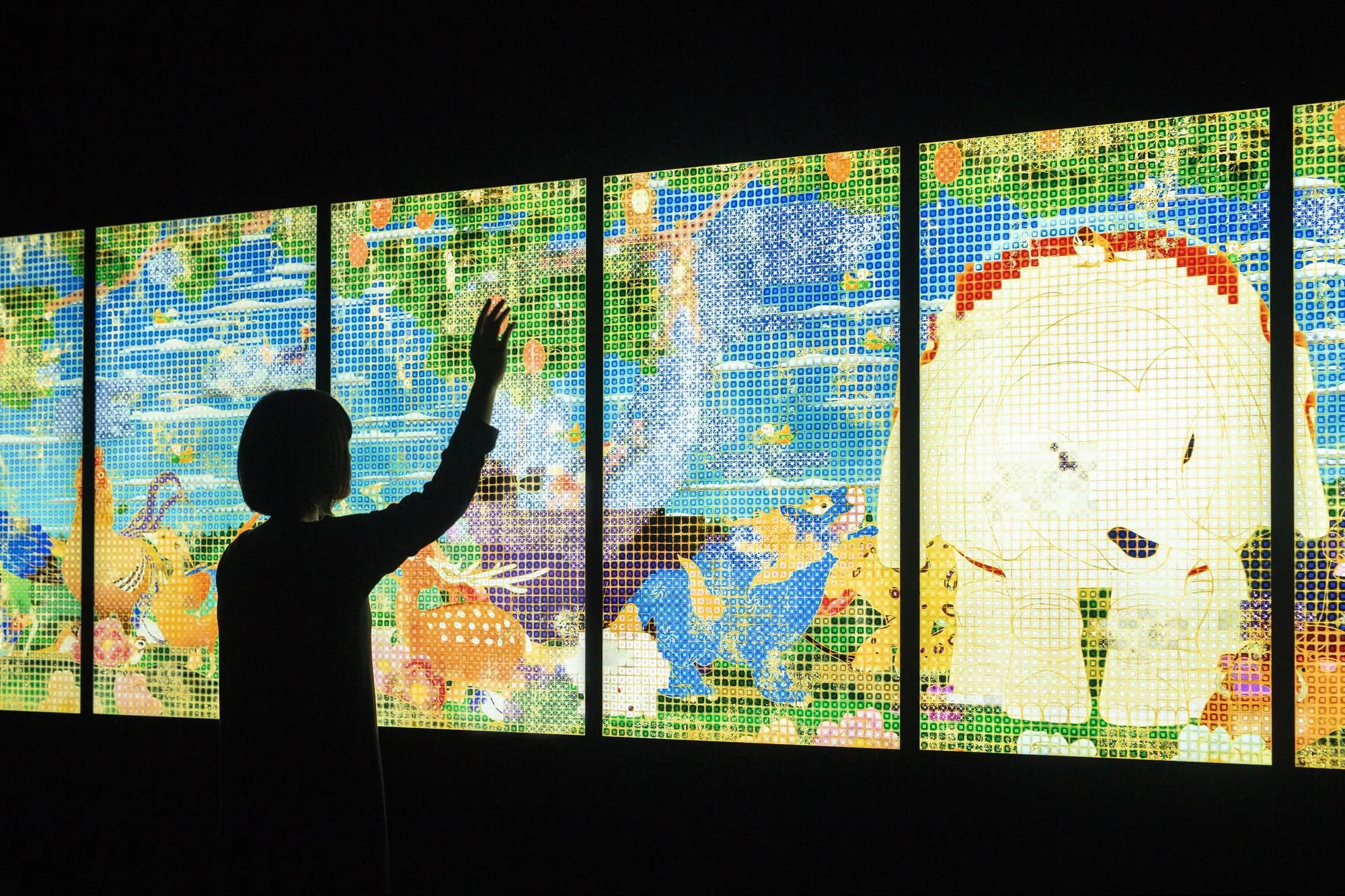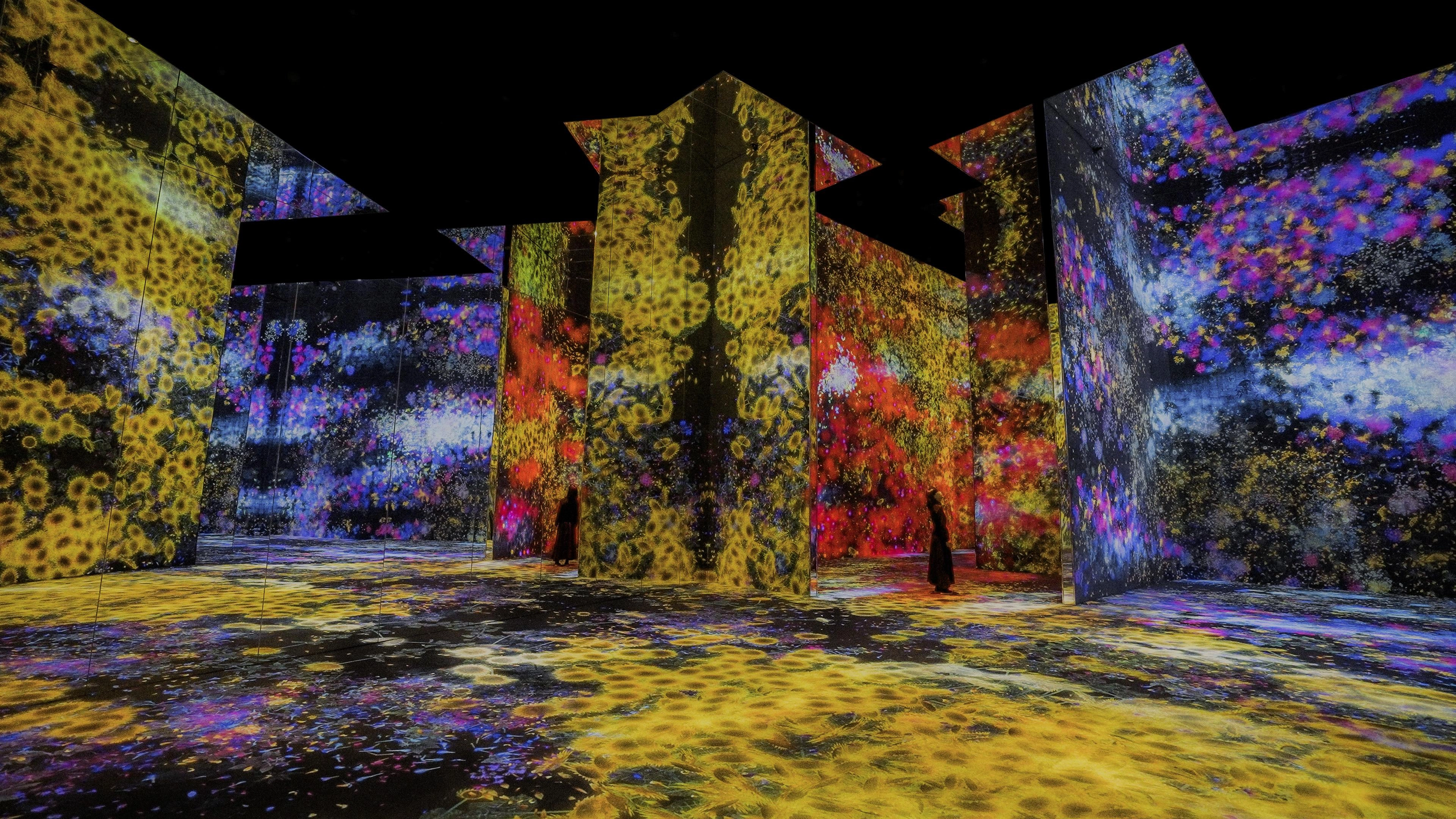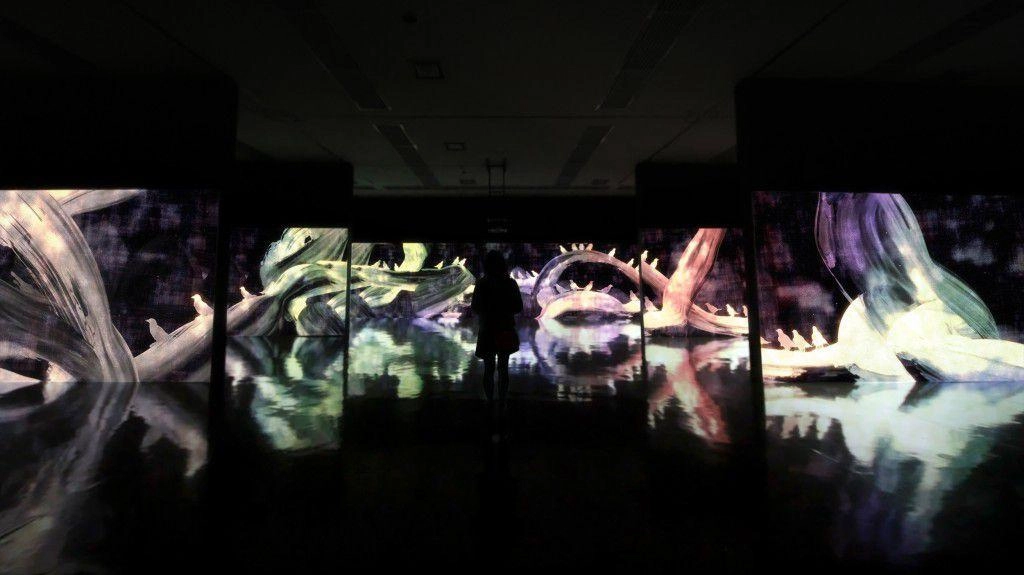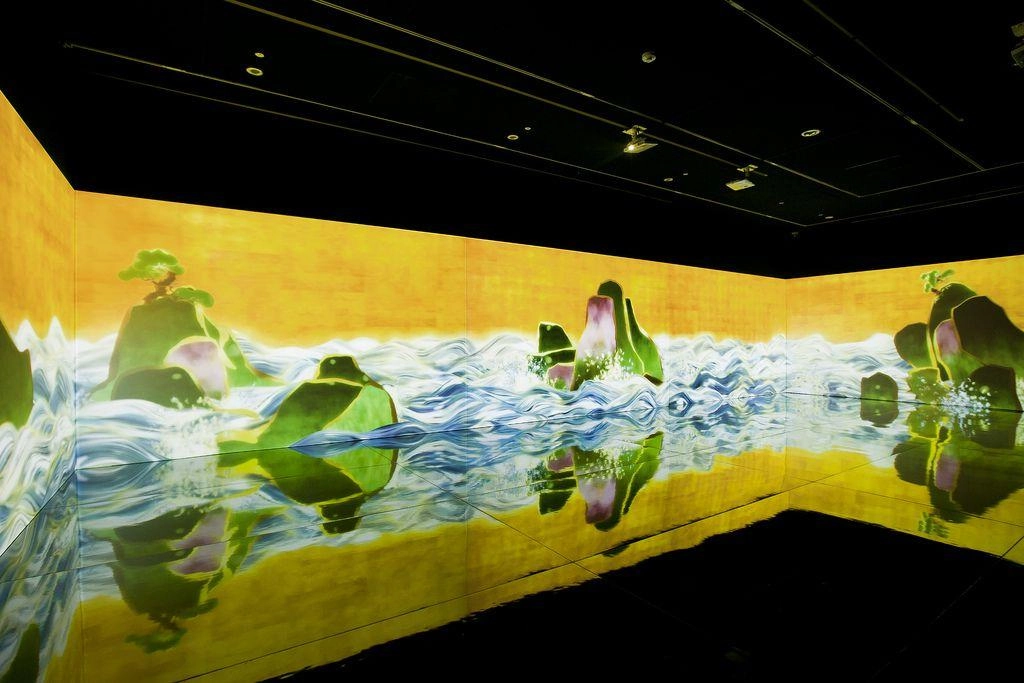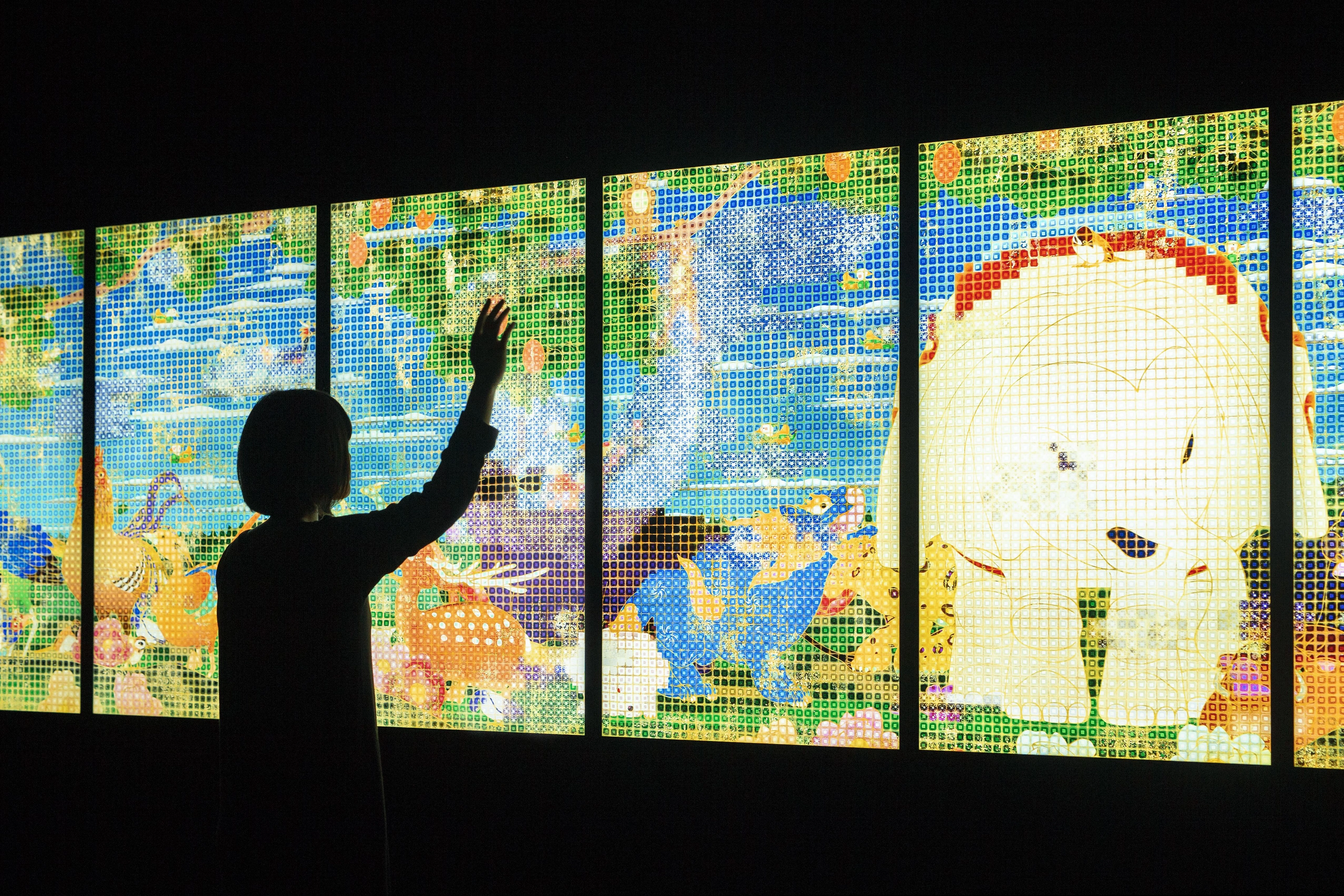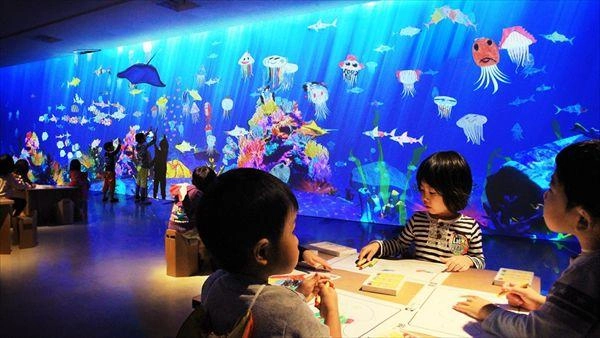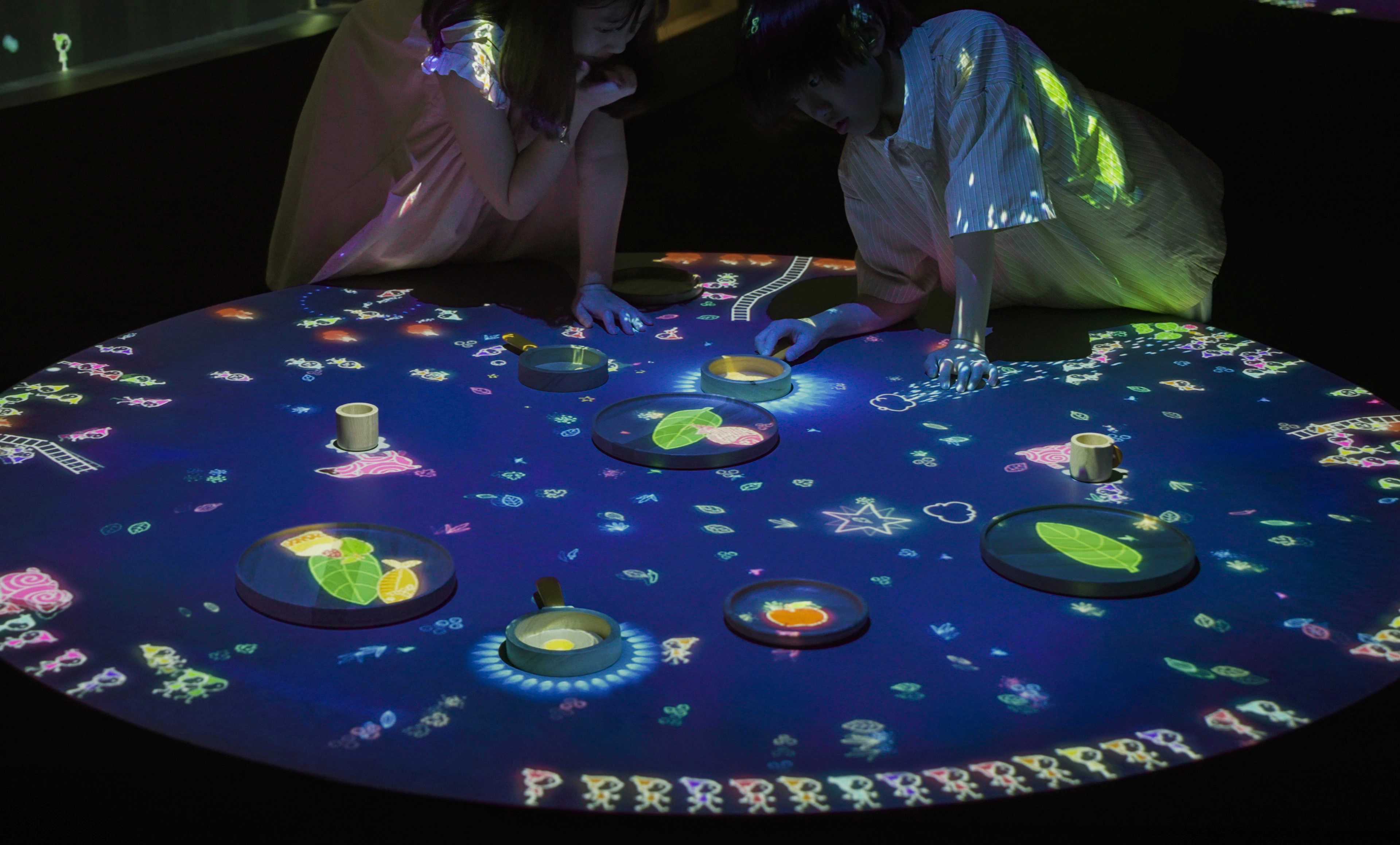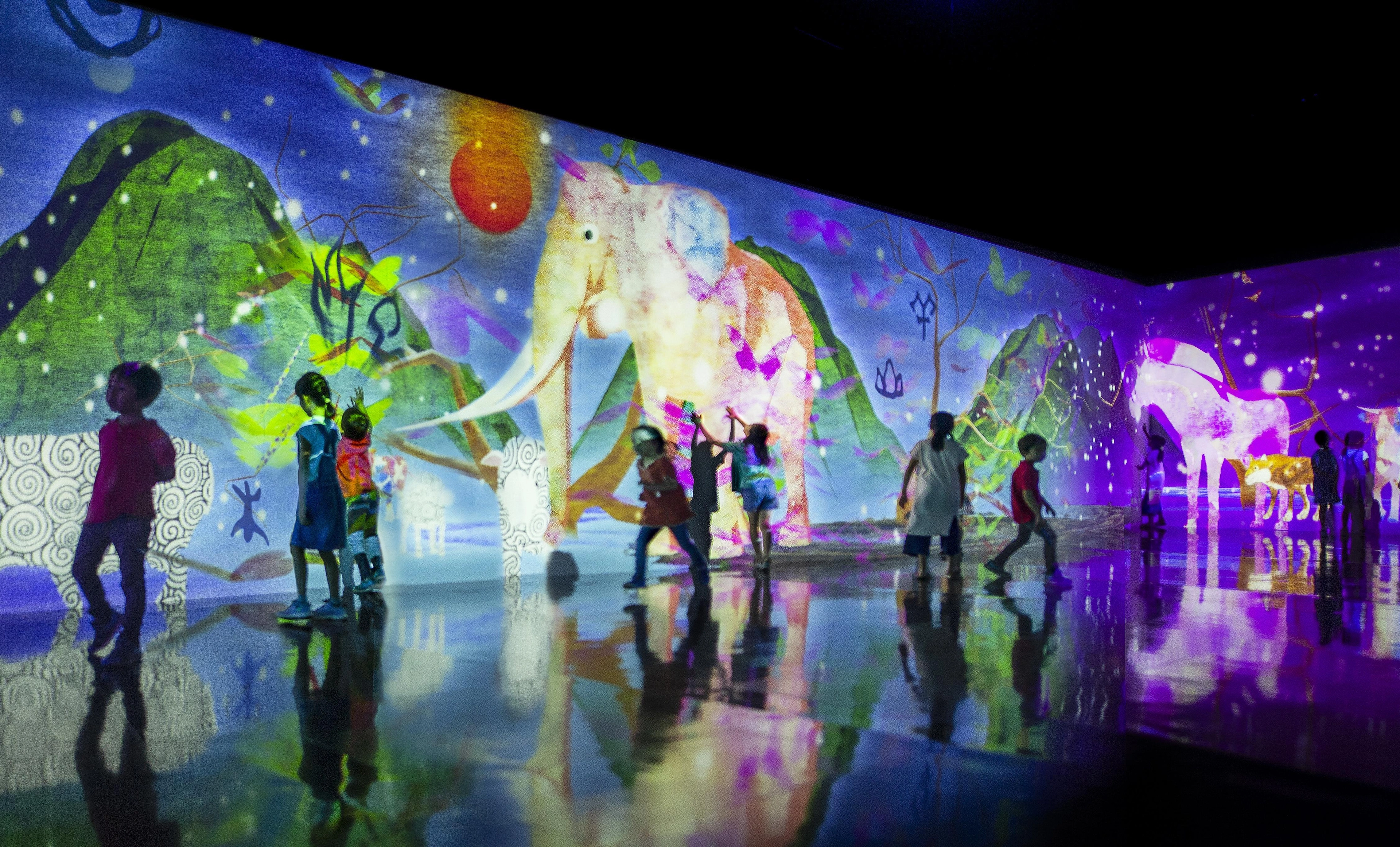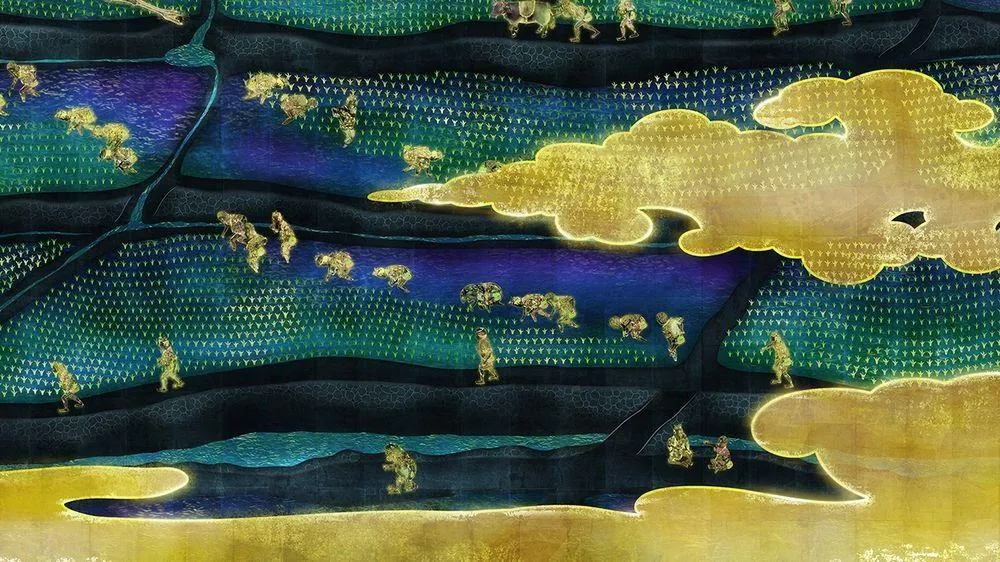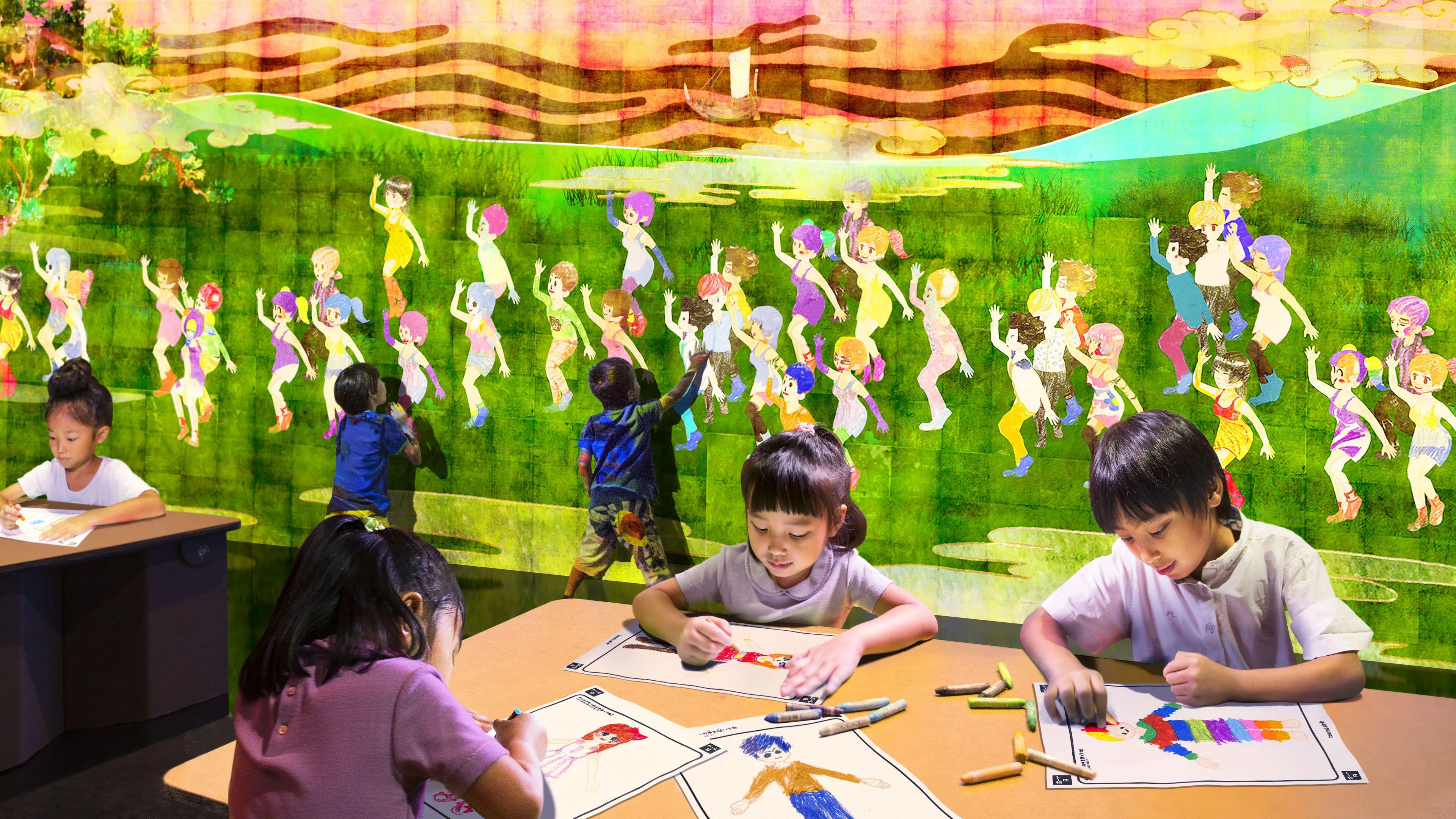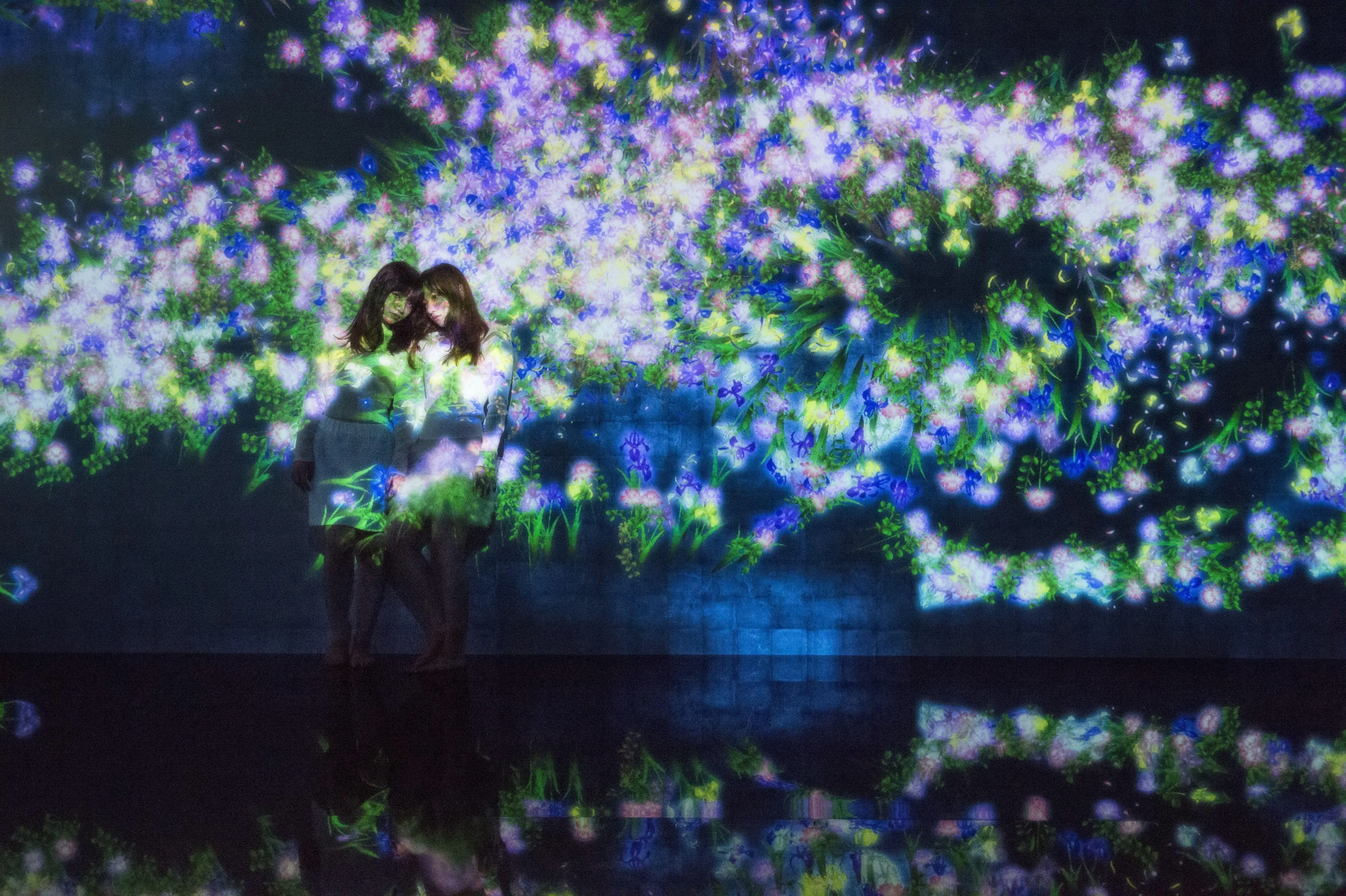PHILLIPS 20th Century & Contemporary Art & Design HongKong에 소개되었습니다. (Nov 26, 2017)
teamLab
teamLab Founded in 2001 by the physicist and IT graduate Toshiyuki Inoko, teamLab is aTokyo-based interdisciplinary art collective whose practice seeks to navigate the confluence of art, technology, and design, while while breaking down the paradigms surrounding their conventional definitions and divisions.(Excerpt from the text)
